There is nothing quite like the sweet smell of perfectly smoked St. Louis Spare Ribs on the barbecue. If you are a rib enthusiast, you know that St. Louis style ribs are bigger and meatier than their baby back cousins. They are easy to make using the 3-2-1 method and are a real crowd pleaser.
For many years, baby back ribs were my go-to if someone asked me to make ribs. Well, I now have a new favorite, St. Louis spare ribs. They are bigger than baby back ribs and have a lot more meat on them. Some people say they are not as tender as baby back ribs, but I beg to differ. Just use the easy recipe below to season them with a wonderful dry rub and cook them low and slow using the 3-2-1 method, and you will be rewarded with some absolutely tender and delicious finger-licking ribs.
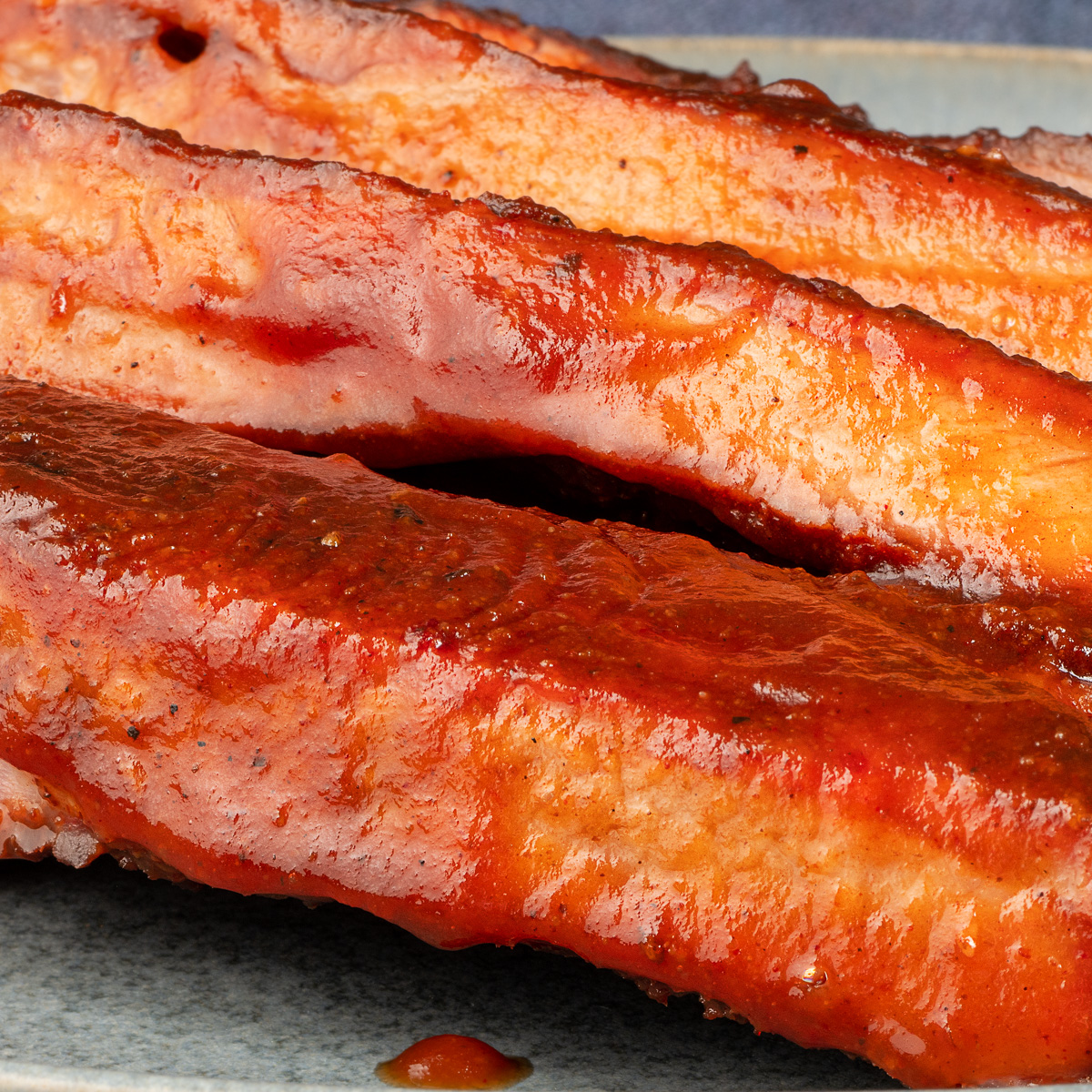
This recipe was inspired by my other rib recipes for Smoked Dino Bones and Baby Back Ribs. Don't forget to try this Kansas City BBQ Dry Rub and Bourbon BBQ Sauce.
Jump to:
Ingredients
- St. Louis-style ribs
- Apple juice
- Water
- Dry rub
See recipe card for quantities.
Understanding St. Louis-Style Ribs
Spare ribs come from the bottom of the ribcage, near the pig's breast bone. They are generally longer and flatter than baby back ribs and have more meat on them. St. Louis-style ribs are cut from spare ribs. The irregular ends, or rib tips, are removed resulting in a nice, rectangular rack of ribs. The result is that they are slightly shorter than spare ribs. I prefer St. Louis ribs to spare ribs because they are, well, just nice and neat. They also have a higher price tag. If you can't find St. Louis ribs, just ask your local butcher to trim down a rack of spare ribs. See my post on Baby Back Ribs vs. Spare Ribs: What's the Difference?
Trim the Ribs
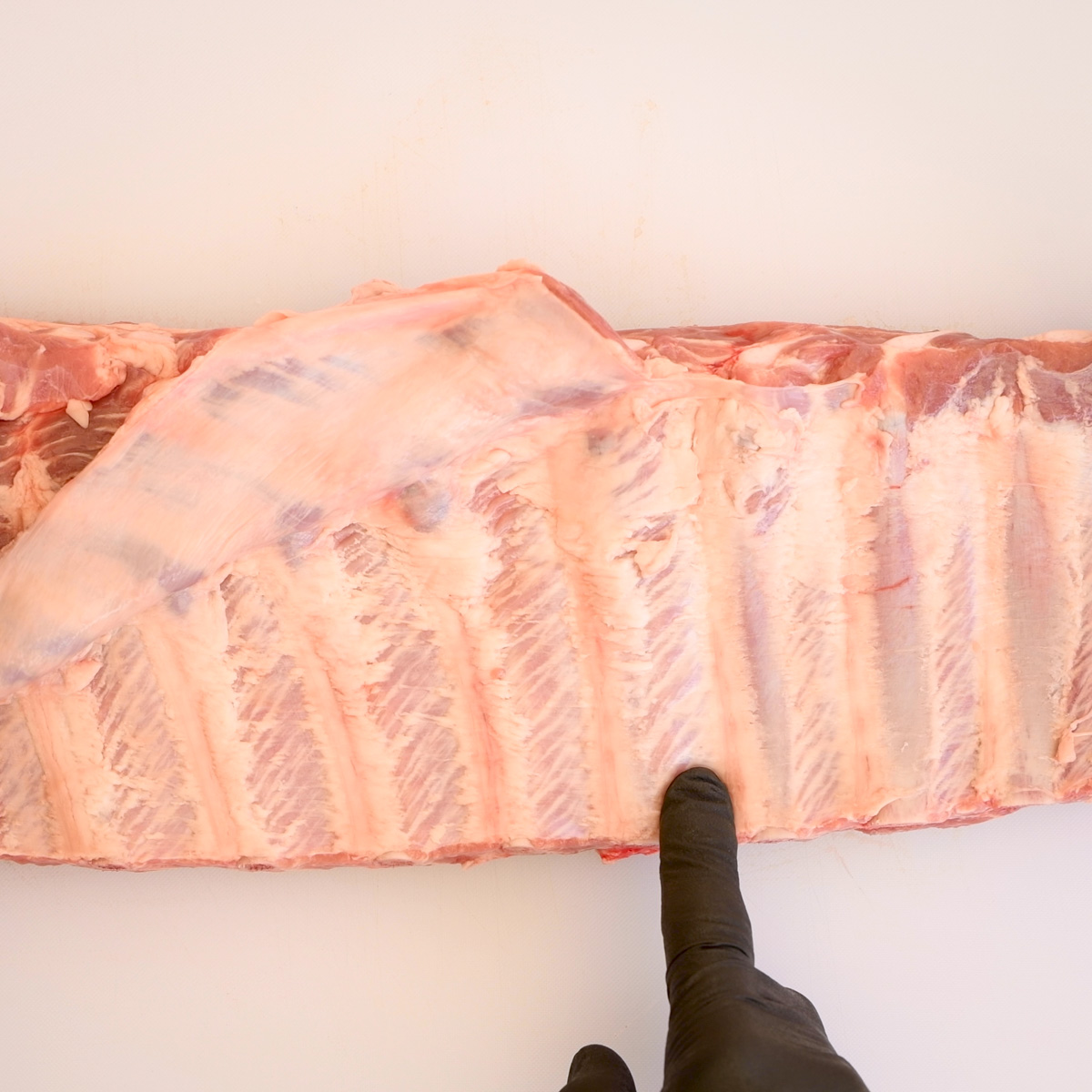
St. Louis spare ribs need a little more tender loving care than baby back ribs do. First, there is the tough membrane on the bone side of the ribs. Pit masters are split on whether to remove it or not. I prefer to take it off because I think it is a barrier to flavor coming from both the dry rub and the smoke.
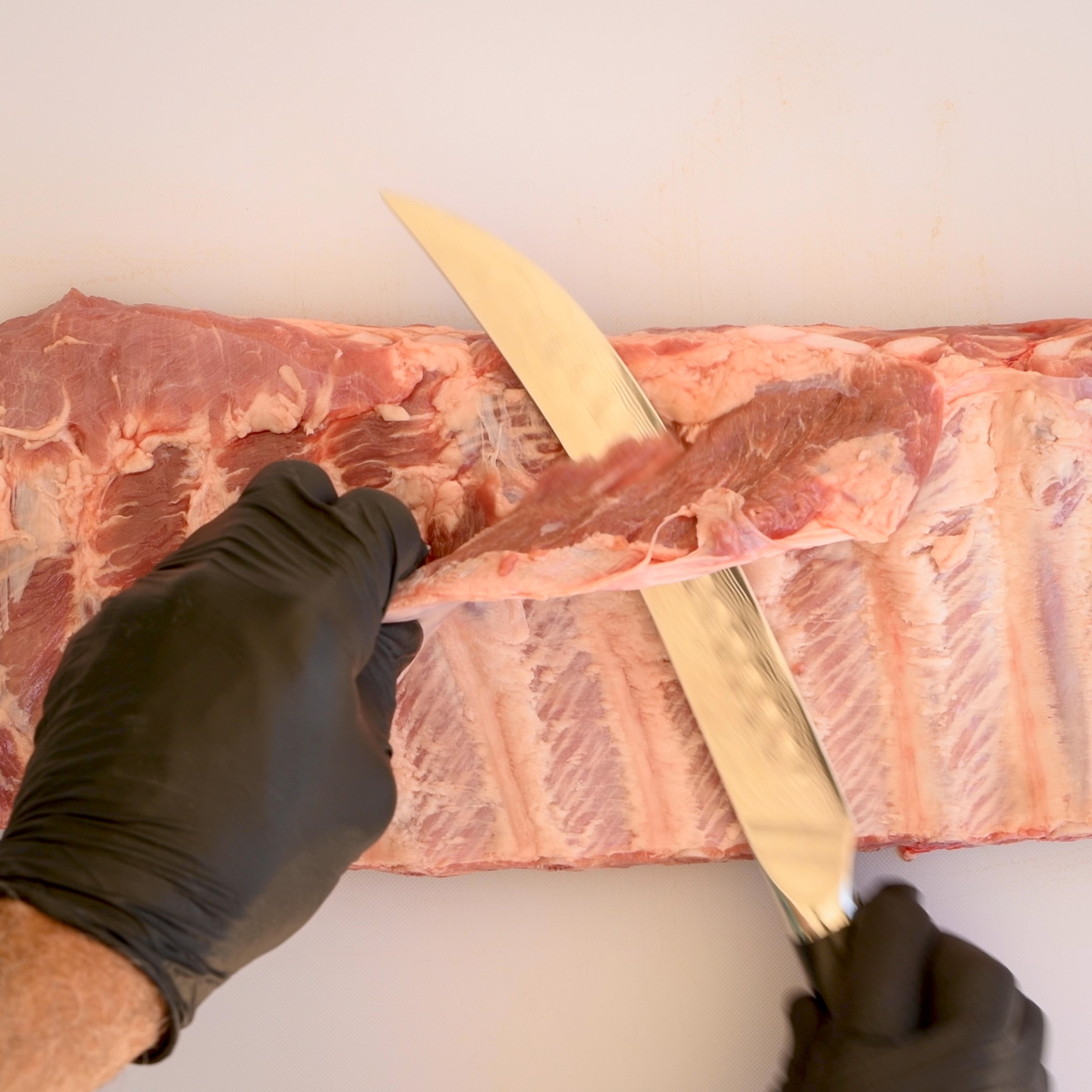
Next, there is typically a flap of meat on the back side of St. Louis spare ribs that is about 8" long and about 3" wide. That flap will just dry out in the smoker so remove it.
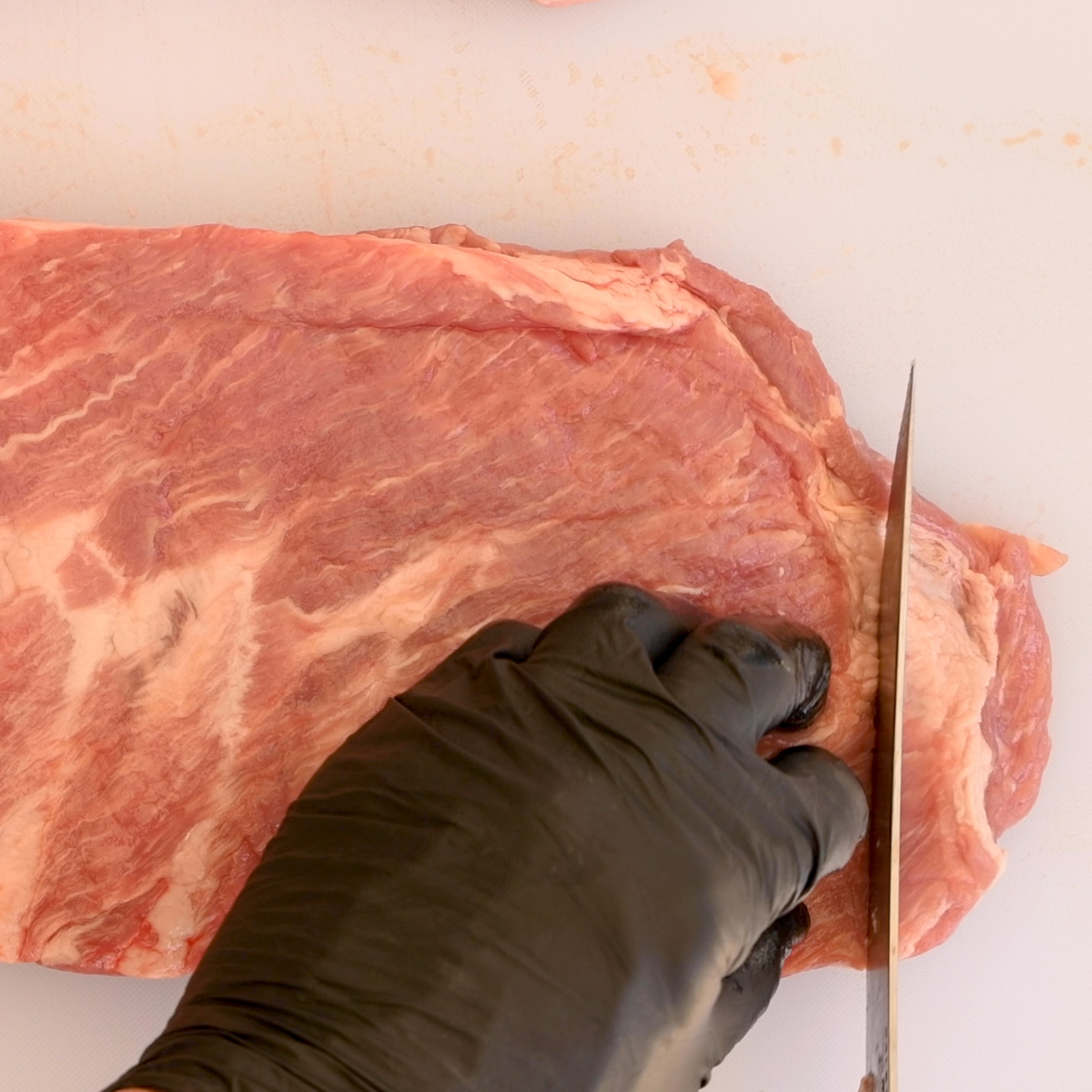
Finally, most racks of St. Louis spare ribs have a small bone at the narrow end that should also be trimmed off. The meat surrounding that bone is very thin and will dry up in the smoker. Cut off the last bone and discard.
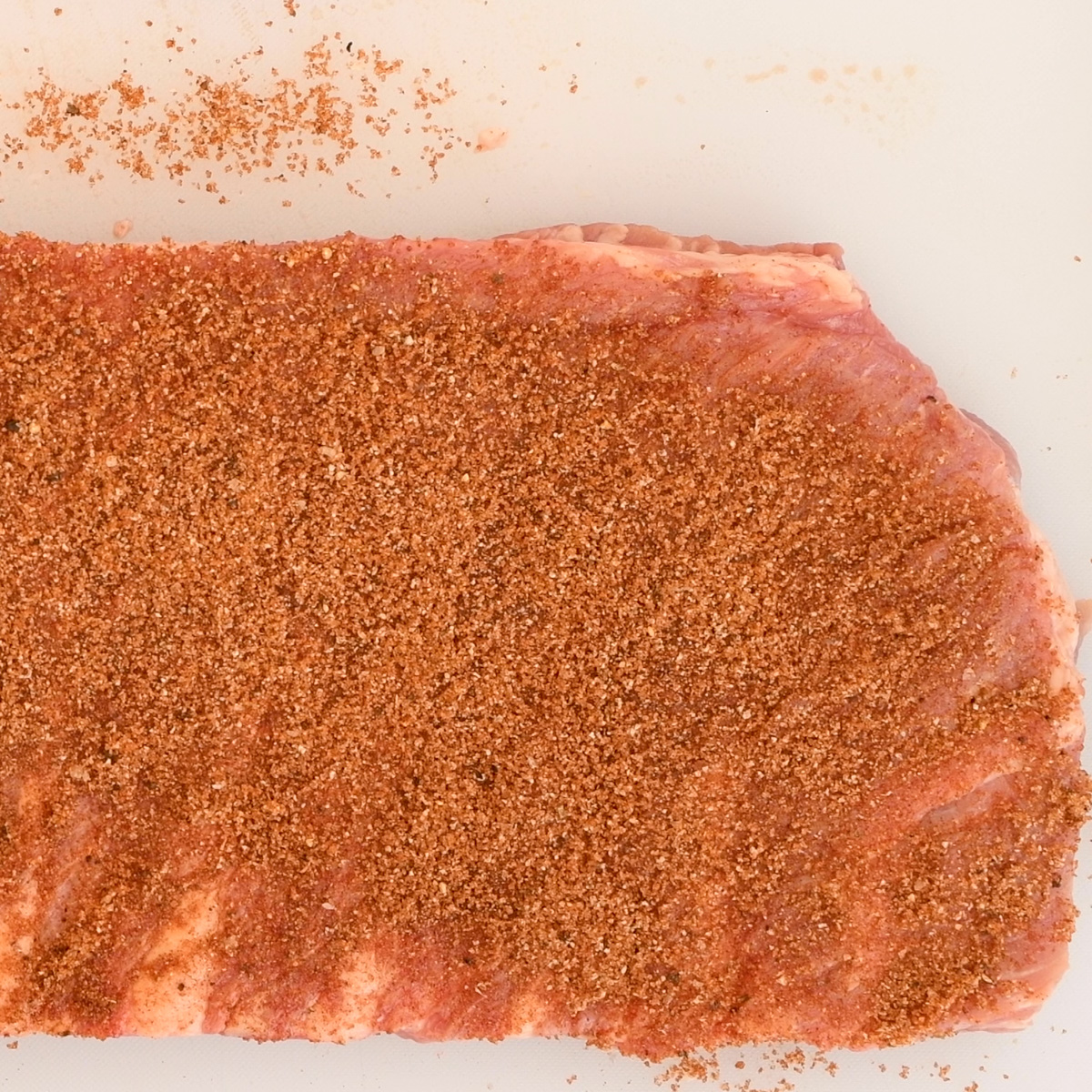
Season the ribs generously on both sides with a good dry rub. Press the rub into the meat side, turn them over on a cutting board, and rub more into the back of the ribs. Cover and refrigerate for at least an hour.
The Dry Rub
Ribs need a good dry rub that adds flavor. I prefer a Kansas City-style dry rub that is excellent on a pork shoulder, baby back ribs, St. Louis ribs and much more. This recipe is my adaptation of a recipe by Steve Raichlen in his book, Barbecue Bible Sauces Rubs and Marinades, Bastes, Butters and Glazes. The title is a mouthful but the book is full of great stuff. Steve, in turn, was given the recipe by the Kansas City Barbecue Society. I have modified it for my taste. It contains brown sugar, regular sugar, paprika, onion powder, chili powder, black pepper and cayenne pepper. If you like a little garlic powder in your dry rub, by all means add it. Try the recipe here.
This recipe makes a lot of extra dry rub. Keep it in an airtight container in your pantry for up to 3 months.
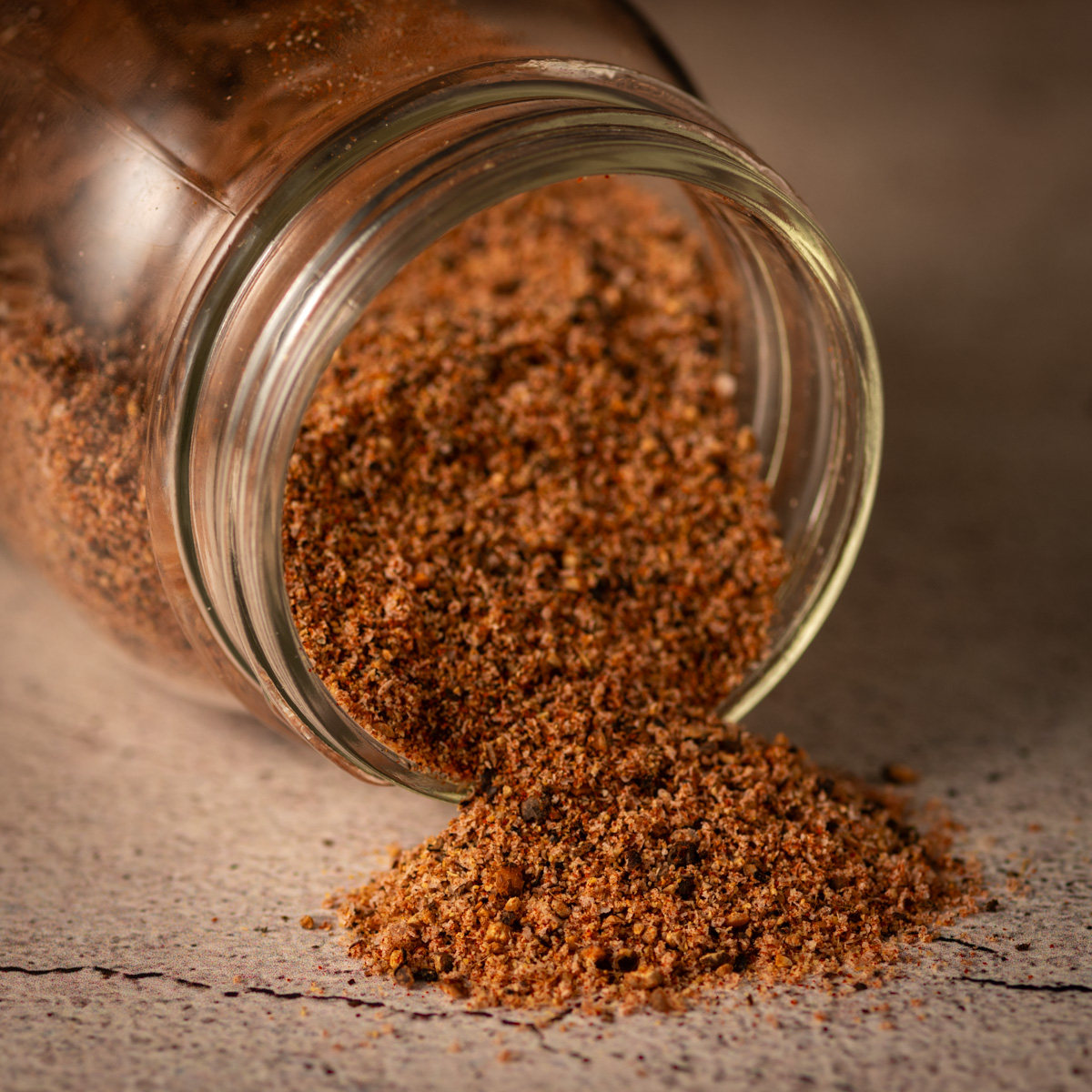
The 3-2-1 Method
The 3-2-1 method is my preferred method for making all types of ribs. It ensures that your ribs will be tender and smoked to perfection. It involves three easy steps. See my post on 15 Common Mistakes People Make When Barbecuing Ribs.
Step 1: Smoke the Ribs for 3 Hours
In this step, the ribs are smoked low and slow for 3 hours at 225˚F. There is no need to let them warm up to room temperature, just take them from the refrigerator and put them in the smoker. If you're cooking multiple racks, make sure that you have good airflow around all sides of the ribs. With an an offset smoker, place a pan of water near the firebox and place the ribs in the middle of the smoker. See my post on Using a Water Pan in Your Smoker for the Best Results for more information. If you are using a Kamado Joe or Big Green Egg, just set it up for indirect heat and place a pan of water on the deflector directly below the ribs.
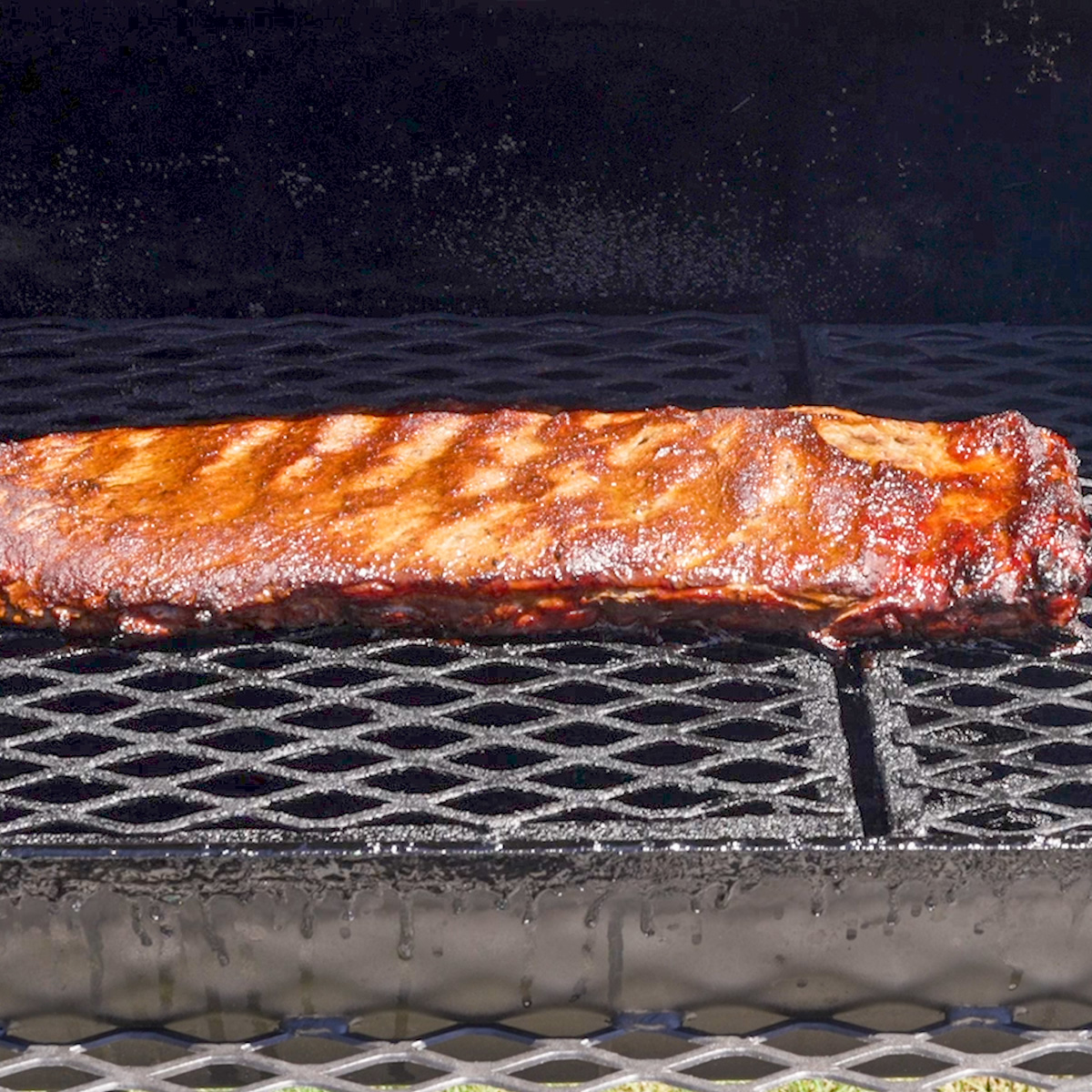
Step 2: Wrap the Ribs and Cook for 2 Hours
This is where the tough connective tissue breaks down and the ribs become tender. In this step, the ribs are wrapped up in wide heavy-duty aluminum foil that is made into a tent. The idea is to keep the top of the foil and an inch or so above the ribs. Add about 6 ounces of liquid and seal the foil pouch. I have used everything from water, to apple cider with a splash of apple cider vinegar, to some beer that I didn't care for enough to drink.
The pouches of wrapped ribs go back in the smoker for 2 hours at 225˚F. Then, place each foil packet in a roasting pan. Carefully cut a slit in the bottom of each pouch with a sharp knife and drain the hot liquid into the pan. Be careful, there will be a lot of liquid and it will be very hot.
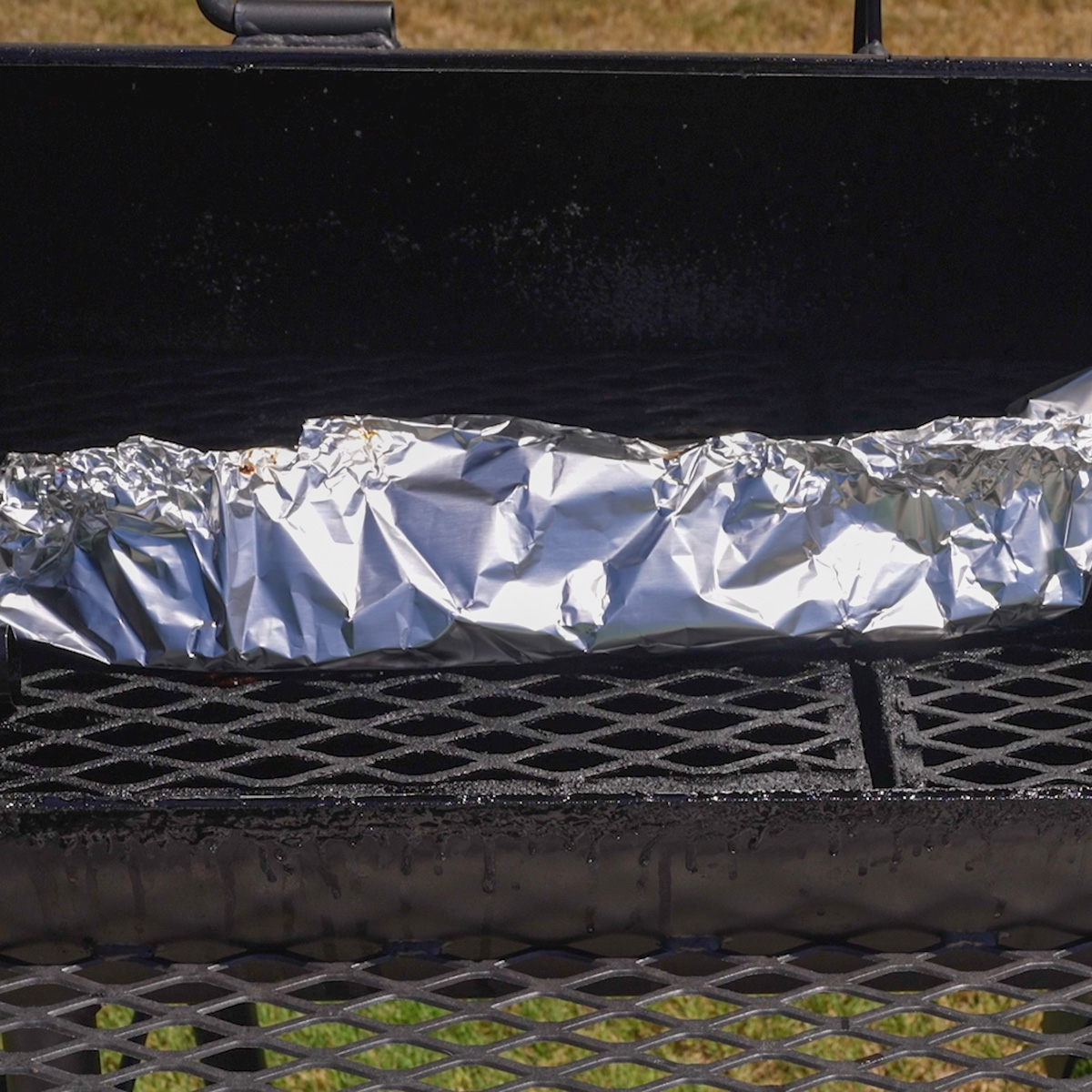
Step 3: Unwrap the Ribs and Glaze with BBQ Sauce for 1 Hour
Place each rack back in the smoker and brush both sides with your favorite barbecue sauce. Cook for one more hour. Add additional sauce every 15 minutes. I like to keep a small bowl of sauce wrapped in foil near the smoker (the foil keeps the bugs out). For a truly wonderful BBQ sauce that is easy to make, try my recipe for Bourbon BBQ Sauce. The ribs should end up with an internal temperature of 195°F to 203°F. You will know they are done by gently twisting one of the bones. If it breaks free from the meat, they are falling-off-the-bone ready.
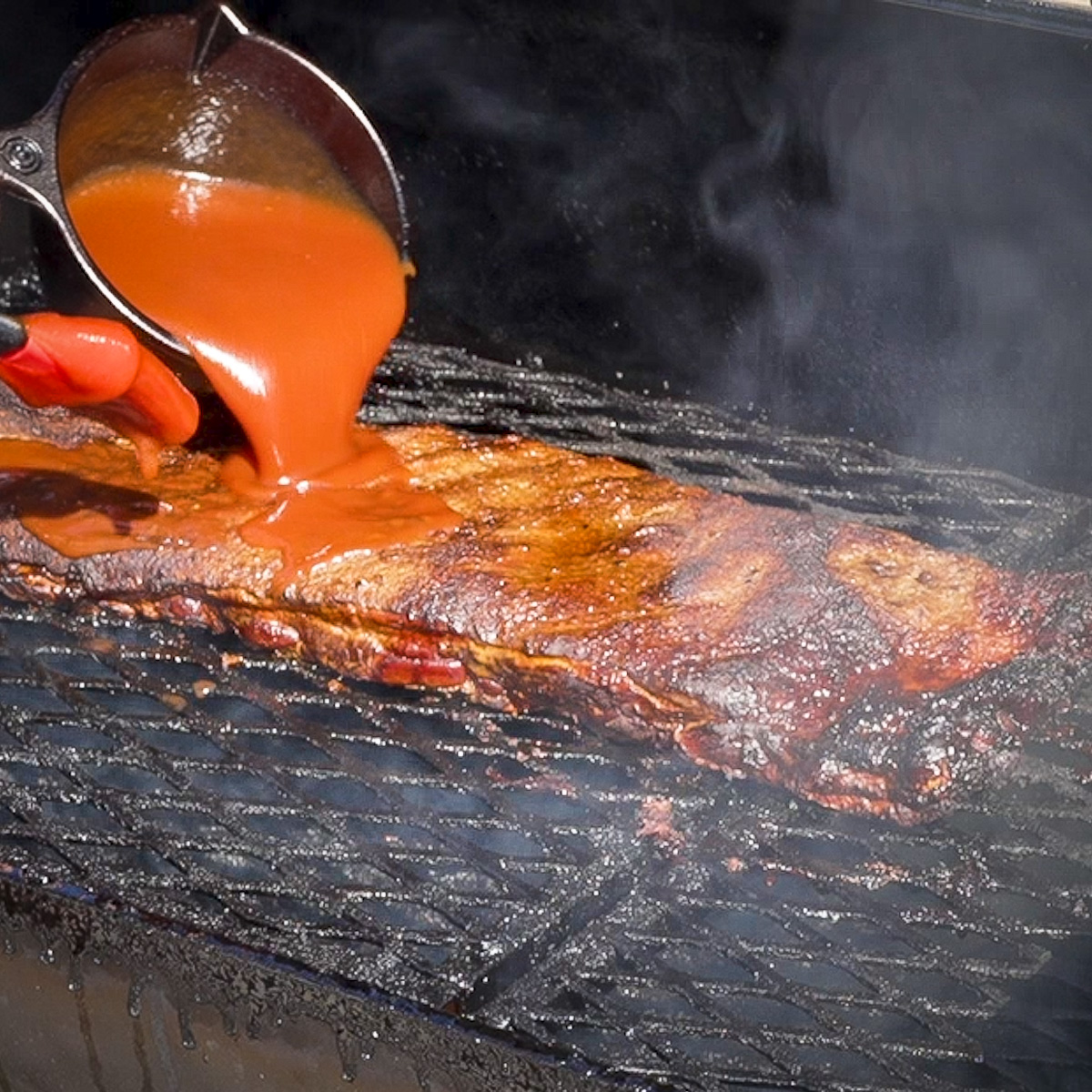
Equipment
These ribs can be made in any type of smoker, stick burner, pellet grill, ceramic oven, or charcoal grill that can be setup for low and slow cooking over indirect heat.
Storage
Don't worry about storing leftover St. Louis ribs. There won't be any leftovers.
Top Tip
Consider investing in a temperature control device like a Fireboard. This tool allows you to dial in the temperature that you want and it will hold that temperature as long as there is sufficient fuel inside your smoker. Watch my video on using a Fireboard with a Kamado Joe.
Final Thoughts
Smoking St. Louis spare ribs using the 3-2-1 method is easy and produces some delectable, smoky, tender ribs. Want to find out which are the best ribs? Try making a slab of St. Louis ribs and a slab of baby backs cooked the same way using the same dry rub and sauce. But be warned, ask 5 people which are the best ribs and you will get at least 6 different opinions. So, fire up that smoker and get cooking. Happy smoking.
Related
Looking for other recipes like this? Try these:
Pairing
These are my favorite dishes to serve with this recipe.
📖 Recipe
St. Louis Spare Ribs Recipe
Ingredients
Equipment
Method
- Combine all ingredients in a food processor. Pulse several times to combine. Cover and store for up to two months away from light and heat.
- Use a paring knife to lift and peel the tough membrane on the back of the ribs. Cut away flap of meat sometimes found on the back of the ribs.
- Find the last little rib bone and remove it along with the thin meat attached to it. It will just burn up in the BBQ.
- Add 2 tablespoons of the prepared rub to each side of each spare rib rack. Rub it in and place the ribs in a large non-reactive container and cover with plastic wrap. Refrigerate for two hours.
- Setup your smoker for indirect heat at 225˚F. Place a pan of water in the smoker. Mix the apple juice and water together and place one half of the mixture in a spray bottle and set aside. Reserve the other half. Smoke the ribs for 3 hours spraying them with the apple juice water mixture every 30 minutes.
- After 3 hours, remove the ribs and place each rack on two large pieces of heavy duty foil. Use two pieces in case of a tear. Fold the long sides up and together then fold them to form a good seal. Seal one end of the foil pouch. Pour about 6 oz of the apple juice and water mixture into the other end and fold to seal. Place each pouch back on the smoker for two hours.
- After 2 hours, place each pouch in a large pan, like a lasagna tray. Carefully cut a slit in the bottom of the pouch and drain the hot liquid into the pan. Be careful, there will be a lot of liquid and it will be very hot. Repeat with the other pouches. Place each rack back in the smoker and carefully brush both sides with your favorite BBQ sauce. Add additional sauce 2-3 times over the hour.
- Serve with additional sauce.

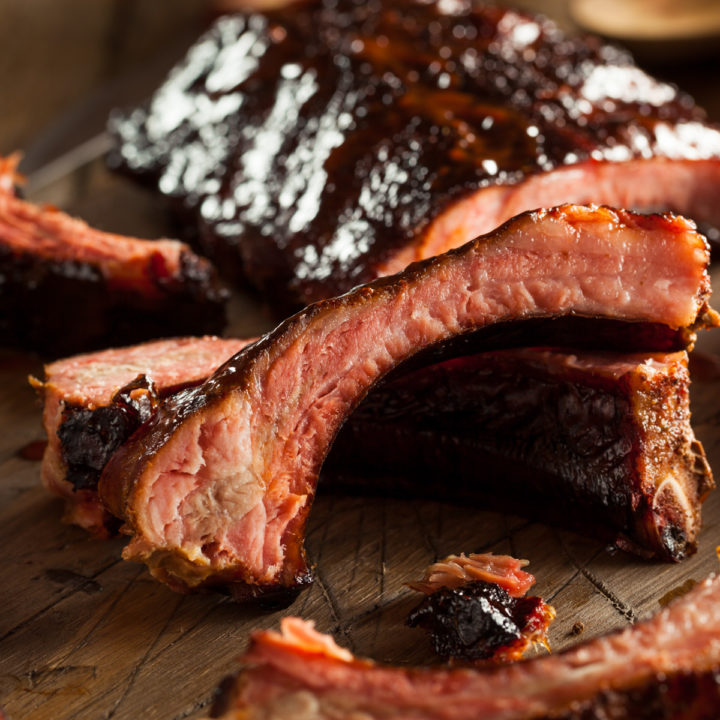
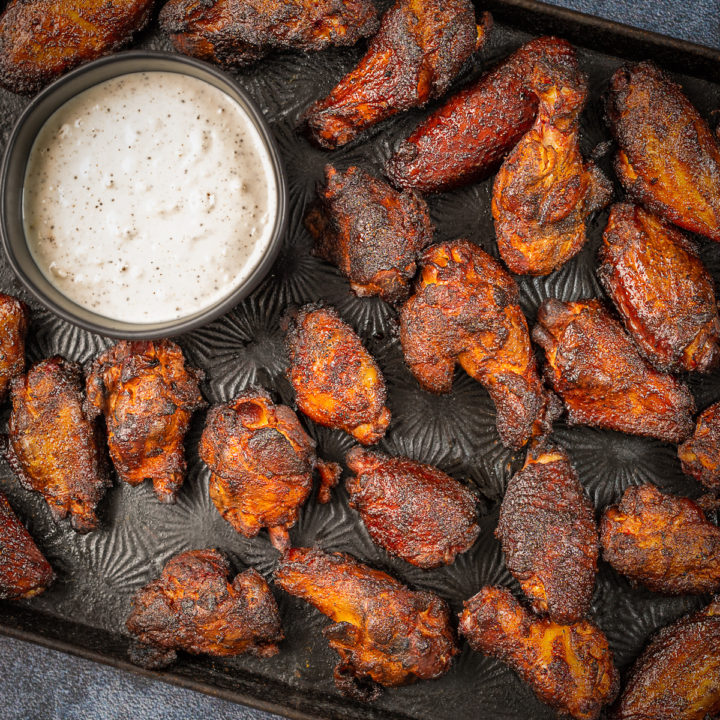
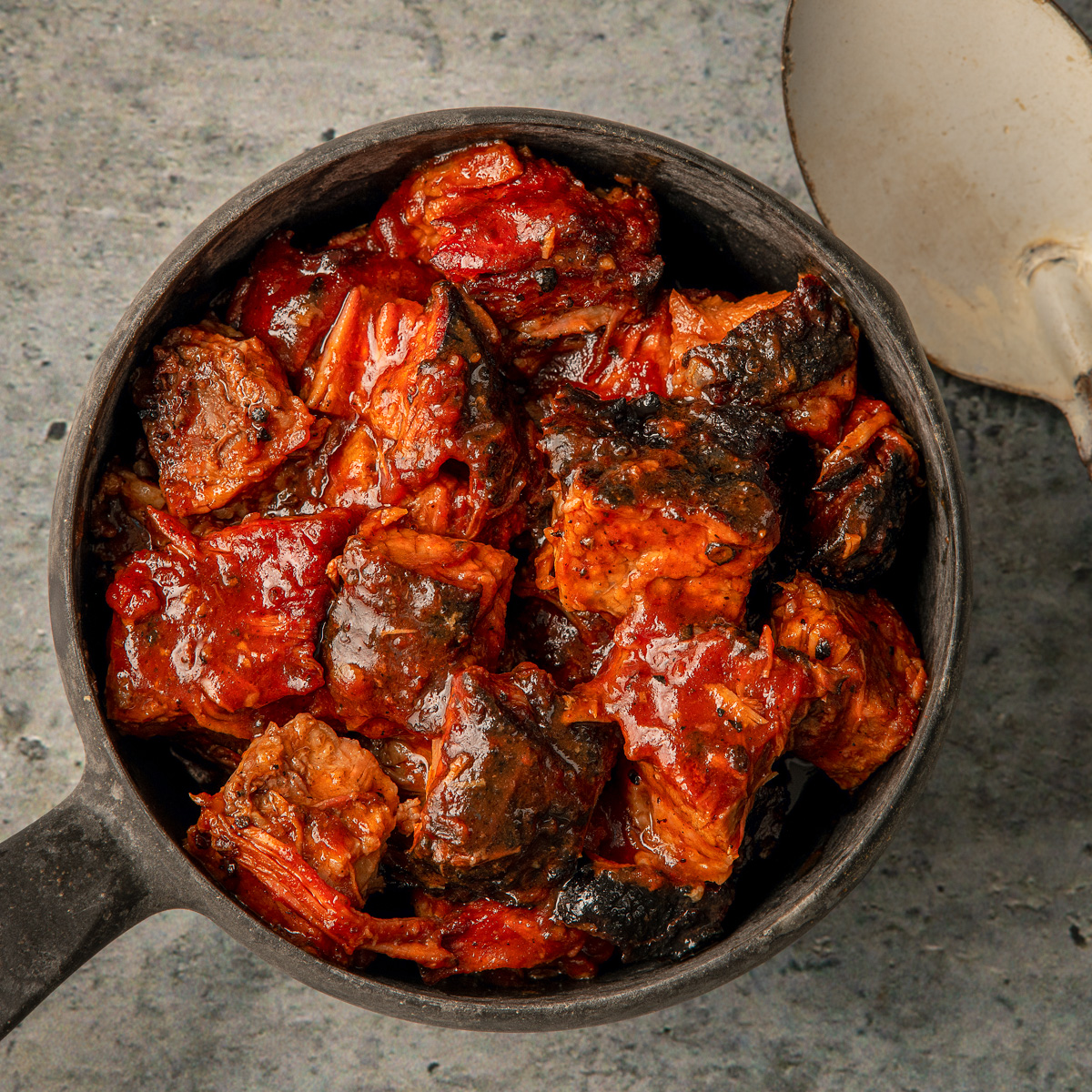
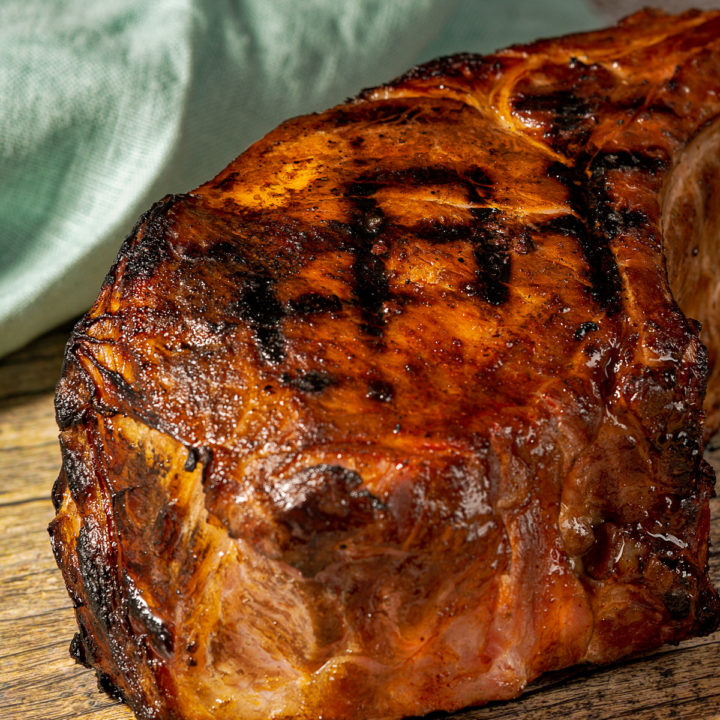
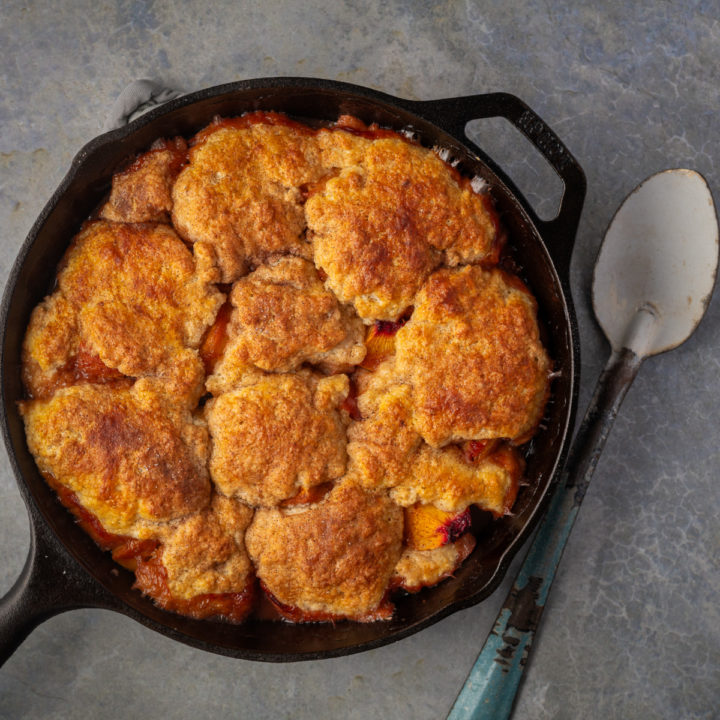
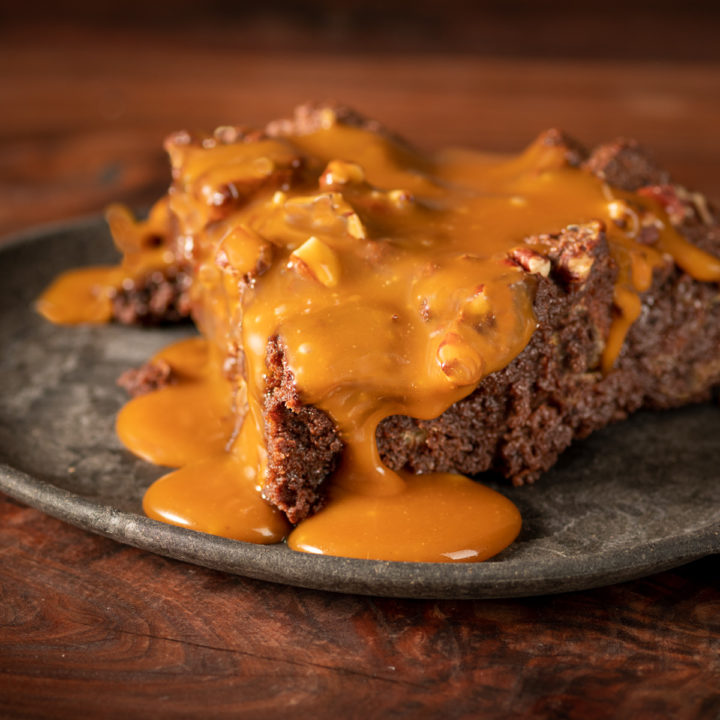
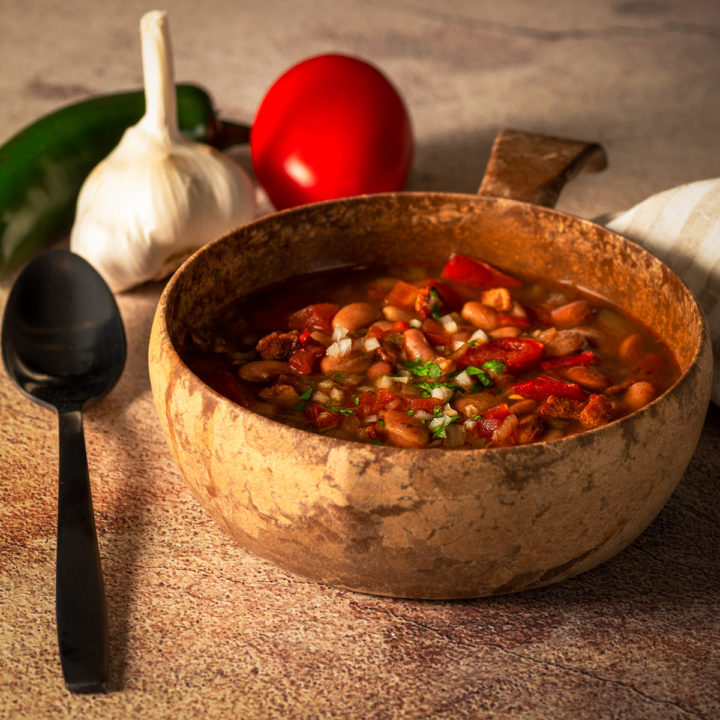
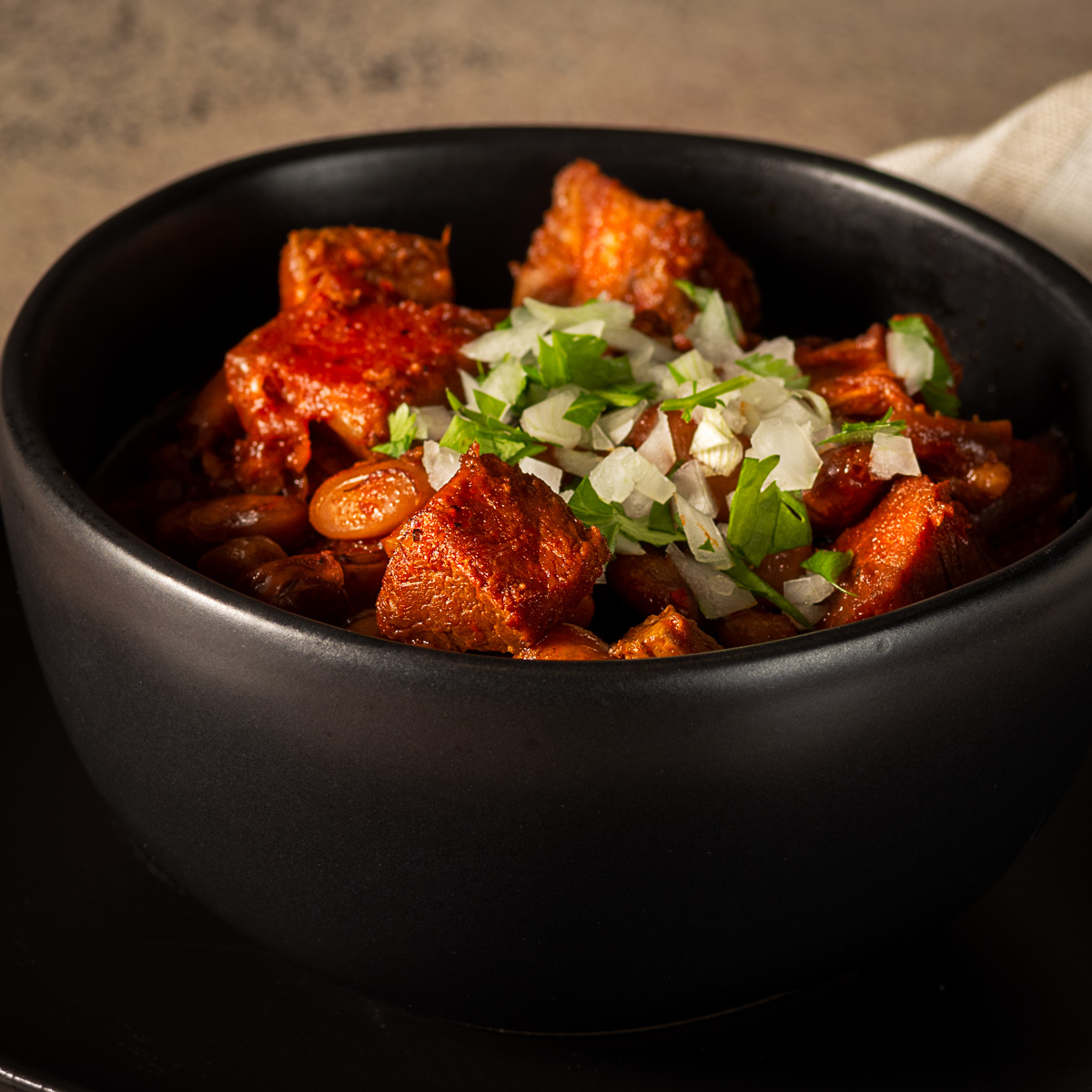
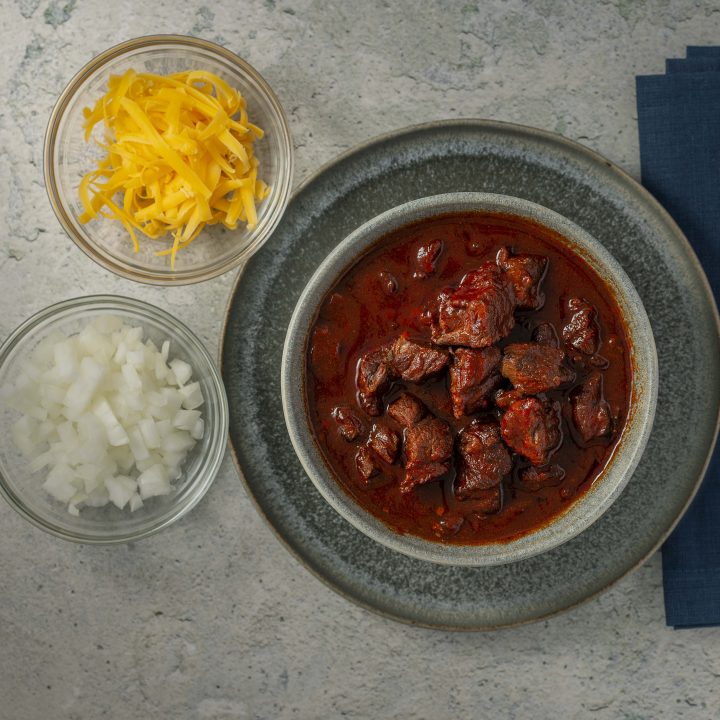
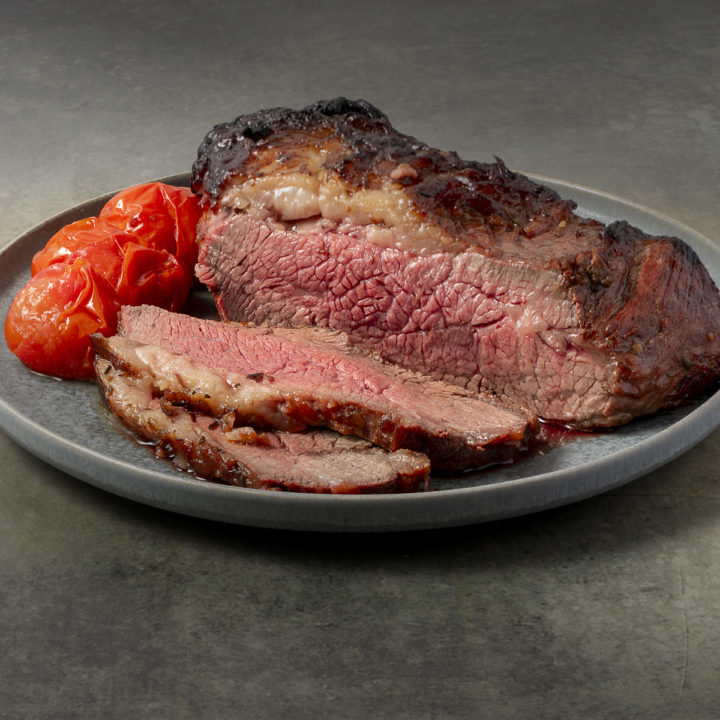
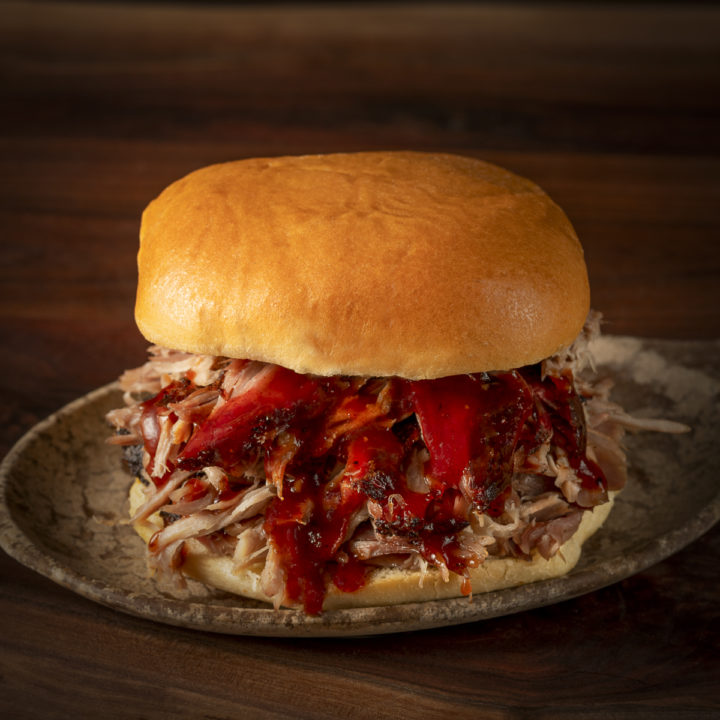
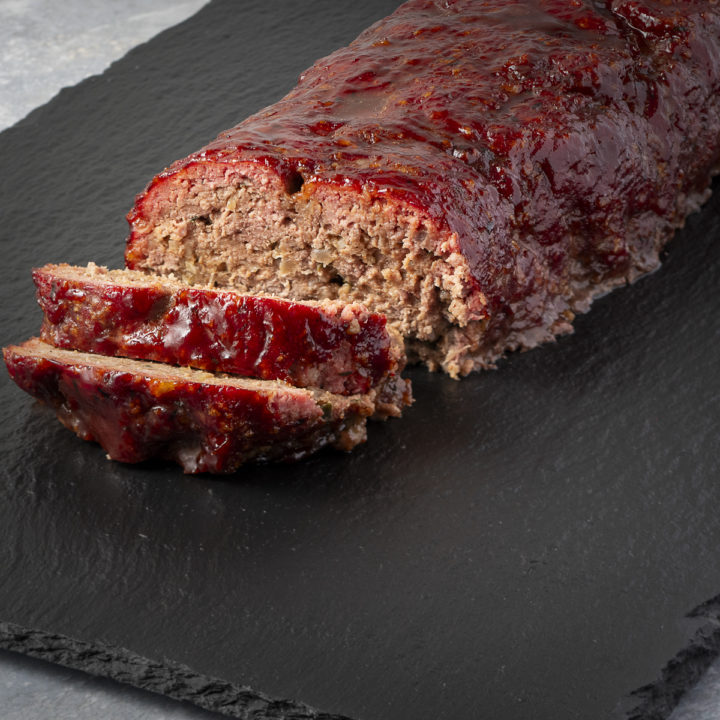
Leave a Reply